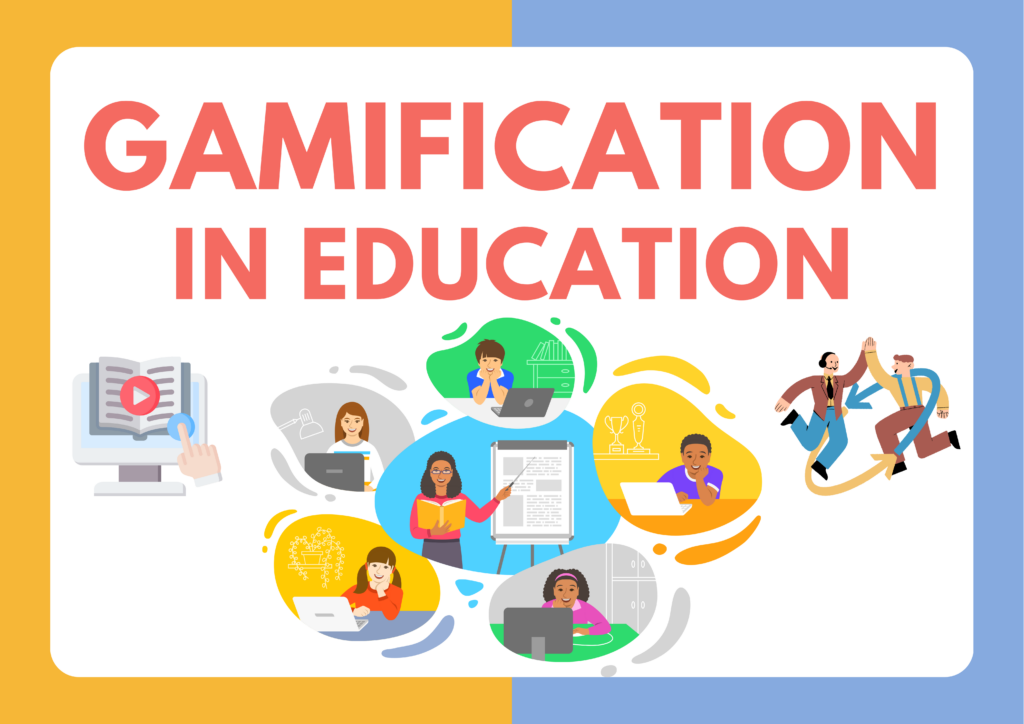
Education has long been structured in a very formal manner of instruction and learning—including lectures—but there is a shifting sense of acknowledgement that education needs to be more active moving forward. Gamification is an instructional and learning method that is helping educators and learners think about the concept of engagement with the teaching and learning process differently. Gamification uses game-like elements in a non-game context to create successful avenues of student engagement, competition, and motivation to learn! By embedding points, badges, leaderboards, and challenges into the teaching and learning experience, educators are designing active and engaging learning opportunities.
Gamification Supports Learning
How does gamification support learning? Gamification supports learning because it elicits instinctive human behaviours of competition, achievement, and reward. As students earn points for their learning effort, or badges for demonstrating mastery of a topic, they are experiencing a sense of accomplishment. Positive reinforcement supports students’ continuing consistent engagement.
Research indicates that students learn more efficiently when gamified. A study conducted by the Journal of Educational Psychology revealed that students who use gamified platforms and developed skills outperformed their peers in traditional settings by 14% in skill-based assessments. Additionally, interactive quizzes, progress bars, and instant feedback entice and keep learners engaged with content; gamifying assessment increases success and is built in to decreasing dropout rates in online courses.
Real-World Applications
Numerous platforms now leverage gamification, including:
Duolingo, which gives out streaks and XP (experience points) for daily language practice.
Kahoot!, which transforms quizzes into games ultimately creating engagement in the classroom.
Codecademy, which has badges and progressive tracking so students can see how their coding skills and experience is progressing.
Even traditional institutions now use gamified systems too. Some teachers even replace grades with experience levels (i.e., Students “level up” after completing a given assignment) when using a gamified system. This allows for less performance anxiety and encourages a growth mindset.
Challenges and Considerations
Although there are many advantages to using games and gamification, a proper level of caution must be used when designing a gamified system. Fixation on the rewards can shift the learning away from its intended focus (learning) towards point collection, or the gamified elements. This should be handled with care in regards to the underlying content. Teachers also need to acknowledge that not all students thrive with competition—aspects of competition are welcoming for some students while more collaborative challenges are better suited for others.
The Future of Gamified Learning
As technology continues to evolve, gamification will be combined with AI and virtual reality (VR). This will lead to more engaging and experiential learning opportunities for students. Rather than expecting that games do the teaching, adaptive learning systems can be created that can consider a learner’s progression throughout the course.
Gamification is not about replacing teaching, the goal is to augment it. When gamification is properly employed, it is paired with pedagogically sound teaching practices which creates a more engaging, interactive, enjoyable learning experience resulting in a better product for the student.
By combining education with game design, we can reach a future in which learning is less of a burden. It is up to us to figure out how. The challenge is finding the right balance: the fun, while still producing genuine learning outcomes.
